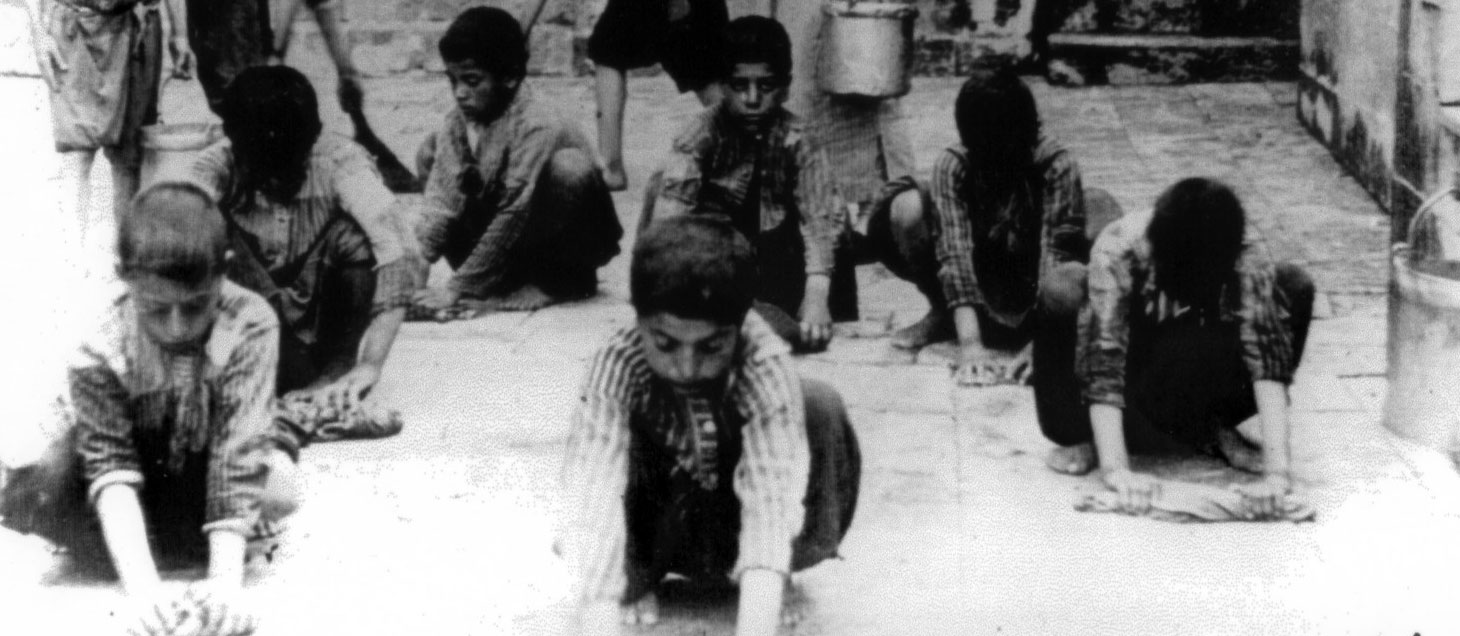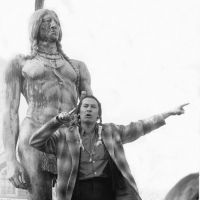Primary Source
Interview with Mr. Kourken Kulegian of Watertown, Massachusetts
When you came to America, what did you do for work? What was like to find a job?
KK: I was an auto mechanic. I was only 18 when I first started out. The place was called Crawford Street Motors. The guy who owned the business kind of "tricked" me into working for free. He told me that if I wanted to learn the business, I'd better get started on learning what to do, so he told me I could work there… for free. I didn't know enough to see what was going on, since I figured I was learning the business, and he was getting my work for nothing! After that, I was in the show room and a man came up to me and asked, "Is this guy paying you?" I said, "No." He asked me if I was crazy. He told me to come and work for him and he would pay me. I started to repair the cars for him and became a mechanic for an occupation. Then the man moved to California, so I went to Healer Motors and did the same kind of auto mechanic work. In 1939 my friend and I became partners and I got my own gas station and repair garage. I named it Cities Service Gas Station. The current Citgo station on Mt. Auburn Street was my Cities Service station.
What did you think of Watertown when you first moved here?
KK: It was something very new for me. I moved here in 1928, so Watertown was a different place than you know it to be now. It was quieter, smaller, everyone knew everyone else. I liked the Armenian community here. There were a lot of Armenian people, Armenian businesses, so I didn't feel too out of place.
What did you like most about the Armenian atmosphere in Watertown?
KK: Mostly everything! I used to play a lot of soccer when I was younger and first arrived here. The people were nice, and the churches were similar to home. Plus we had the Armenian merchants and community club, so it made me feel very much at home and comfortable.
How did you meet [your wife]?
KK: There was an Armenian dance at the Agoump (Armenian Social Club). That club is still there, you know, over on Bigelow Avenue next to the Hairenik Building. Azadouhi "Sally" Garabedian was at the dance with her sister. I had just come out of the Air Force. She was working in Newton at the time. I asked her if she wanted to go to a movie, and it went on from there! We got married in 1946 and had three children.
Online source.





